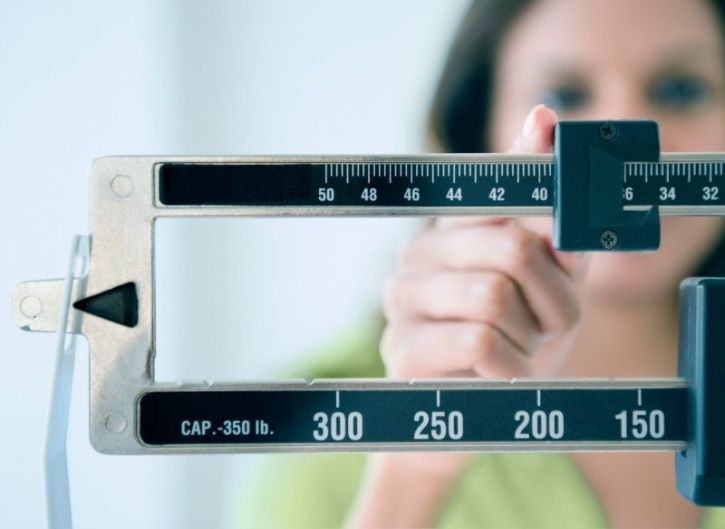Holidays tend to leave a legacy around your waistline, however, do not leave it too long to do something about it. The harsh reality is that it is a lot easier to gain weight than to lose it.
The average person gains a gram of weight a day, which is invisible in the normal one to two-kilogram weight change that occurs during the day [as a consequence of changes in fluid balance and whether you have just eaten]. But this progressive weight gain adds an unhealthy three to four kilograms over the long term, approximately every 10 years.

Critical mass
An easy way to judge whether you are losing or gaining weight is by jumping on the scales once a month. However, it doesn’t tell you if your present weight is in the healthy range. That is why researchers put people into weight categories in accordance with their BMI (Body Mass Index). Your Body Mass Index includes your height in the equation and is considered to be a better indicator than weight alone. For instance, someone, whose weight falls between 57-72 kilograms and is 1.7 meters tall would be in the healthy weight range.
When your BMI is between 20 and 25 the risk of weight-related health problems is generally low. It rises gradually in the overweight category when your Body Mass Index is up to 30 and surges rapidly with obesity, which is a Body Mass Index of more than 30.
Problems occur in underweight people as well. The BMI of the average fashion model is below 20, and such a low weight raises the chance of osteoporosis later in life. According to some studies being too light raises the risk of cardiovascular disease. We need balance as usual.
Body of evidence
Sadly, even Body Mass Index doesn’t tell the full health story. Fat can be deposited in dangerous or safe areas of the body. The most dangerous places are on the upper body, particularly around the waist. Abdominal fat has a strong association with higher risks of heart disease, type-2 diabetes, gallstones, high blood pressure and stroke, and cancers of the bowel, kidney, uterus, ovary, and breast [particularly for women over 50]. There is also an increased risk of dementia and Alzheimer’s disease, upper-body fat has been linked to sleep apnea, a condition that leaves many individuals depleted of energy during the day.
Among medical experts, there is a growing consensus that a tape measure estimates potential health problems better than scales. According to extensive reviews, the waist measurement is also superior to Body Mass Index in evaluating risk levels of the majority of health problems, specifically cancers, Type-2 diabetes, and heart disease. Employing waist size as a guide also solves the problem that fit individuals with a considerable amount of muscle often have a high BMI because muscle is heavier than fat.

Size yourself up
If the waist measurement [taken at the belly button] is more than 94 cm for men and 80 cm for women, and substantially increased if it is more than 102 cm for men and 88 cm for women the chance of health problems is increased. The good news is that fat on the thighs, hips, or bottom is connected with fewer health problems. Moreover, by taking excess kilojoules away from the upper body, lower-body fat may even exert a buffering effect.
Having extra weight anywhere on the body raises the risk of osteoarthritis and knee and back problems. This is another reason to create a fitness plan today.
Convert cubic yards to cubic feet
How to calculate your own BMI
To begin you will require a calculator and scales. In order to calculate your Body Mass Index, you should divide your weight [in kilograms] by your height [in meters] squared. For instance, if you weigh 75 kilograms and are 1.75 meters tall, your BMI will be 75 / 1.75 (3.06) = 24.5 BMI. Preferably, your Body Mass Index should be between 20 and 25.
